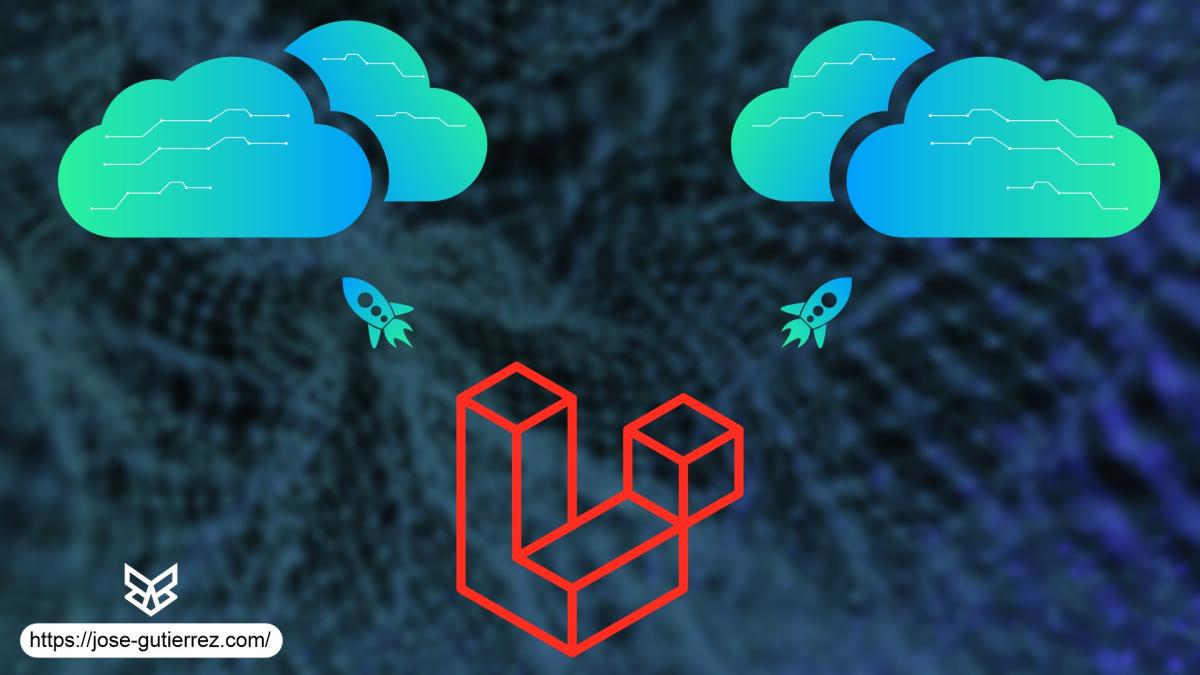Deployment Automation with Laravel Envoy 🚀

Introduction
Laravel Envoy is a simple yet powerful tool that allows you to automate deployment and server management tasks in development and production environments. With a clean syntax similar to Blade, Envoy makes it easy to execute remote tasks on one or multiple servers without hassle. In this article, we’ll go through the installation, configuration, and execution of commands with Laravel Envoy, along with some practical examples to automate application deployment.
Prerequisites
Before starting, make sure you have:
-
SSH access configured on your servers for each environment (
~/.ssh/id_rsa). - A Laravel project already deployed in each environment.
-
Branches configured for each environment; in our example, we'll use three:
-
devfor development. -
qafor QA. -
masterfor production.
-
Step 1: Install Envoy in the Project
To install Envoy only in the project, add the development dependency by running the following command:
composer require laravel/envoy --dev
This will add Envoy to your project, allowing you to run it only within the context of this project and ensuring that each environment or developer has the same version.
Step 2: Create the Envoy.blade.php File
In the root directory of your project, create a file called Envoy.blade.php. This file will be the core of the deployment configurations for the dev, QA, and prod environments.
touch Envoy.blade.php
Step 3: Configure the Environments
Define the environments in the Envoy.blade.php file using the @servers directive to specify the IP addresses of each server and the SSH user to connect. In this example, we’ll use user@your-server-ip and the SSH key at ~/.ssh/id_rsa.
Configuration Example
@servers([
'dev' => 'user@dev-your-server-ip',
'qa' => 'user@qa-your-server-ip',
'prod' => 'user@prod-your-server-ip',
])
@setup
// Directory where the project is hosted on each server
$appDir = '/var/www/laravel-project';
// Git branches corresponding to each environment
$branches = [
'dev' => 'dev',
'qa' => 'qa',
'prod' => 'master',
];
// Check if the deployment environment is defined
if (!isset($server)) {
throw new Exception("Environment not defined. Use --server=dev|qa|prod");
}
@endsetup
With this setup, @servers defines the SSH access for each environment, and @setup establishes the base project directory and the corresponding branches.
Step 4: Create the Deployment Tasks
Configure the deployment tasks for each environment. These tasks will perform the following actions:
- Navigate to the project directory on the server.
-
Update the code from the corresponding branch using
git pull. - Run migrations (optional).
- Clear the application cache to ensure changes are applied correctly.
Deployment Task
@task('deploy', ['on' => $server])
echo "Starting deployment in environment: {{ $server }}...";
cd {{ $appDir }};
git pull origin {{ $branches[$server] }};
echo "Running migrations...";
php artisan migrate --force;
echo "Clearing cache...";
php artisan optimize:clear;
echo "Deployment completed for environment {{ $server }}.";
@endtask
In this task:
-
git pull origin {{ $branches[$server] }}updates the code based on the specified branch for the environment (dev,qa, ormaster). -
php artisan migrate --forceruns necessary migrations in the environment. -
php artisan optimize:clearclears the cache to apply any configuration or code changes.
Step 5: Additional Common Tasks
In addition to the deployment task, you can set up other tasks to handle specific aspects of your application, such as clearing the cache or generating a sitemap. These additional tasks facilitate the administration and maintenance of the application.
Clear Cache
@task('cache:clear', ['on' => $server])
echo "Clearing cache in environment {{ $server }}...";
cd {{ $appDir }};
php artisan optimize:clear;
echo "Cache cleared in {{ $server }}.";
@endtask
Generate Sitemap
@task('sitemap:generate', ['on' => $server])
echo "Generating sitemap in environment {{ $server }}...";
cd {{ $appDir }};
php artisan sitemap:generate;
echo "Sitemap generated in {{ $server }}.";
@endtask
Step 6: Running the Tasks
To execute the deployment tasks, use the envoy run command followed by the task you want to run and the environment (--server=dev, --server=qa, or --server=prod).
Example Execution
- Deployment in Development (dev):
envoy run deploy --server=dev
- Deployment in QA:
envoy run deploy --server=qa
- Deployment in Production (prod):
envoy run deploy --server=prod
Similarly, you can execute the cache-clearing or sitemap-generation tasks in any environment:
envoy run cache:clear --server=qa
envoy run sitemap:generate --server=prod
Security Tips
-
SSH Permissions: Ensure that only authorized users have access to the SSH keys in
~/.ssh/id_rsa. - Backups and QA Testing: Always conduct tests in the QA environment before deploying changes to production.
- Isolated Environments: Each environment should have its own database and configurations to avoid data overwrite issues or conflicts.
Conclusion
With Laravel Envoy, you can simplify and automate the deployment of your applications across multiple environments. This example shows how to configure an efficient and secure deployment setup on dev, QA, and production servers, managing the corresponding branches and using custom commands to maintain the application.
For larger projects, Envoy is a tool that helps save time and minimize errors, providing an organized and repeatable deployment flow across multiple environments. Try Envoy on your project, and see the benefits of automation in action!